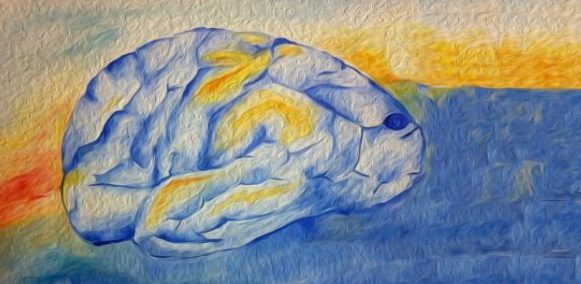Theoretical neuroscience
Theory of spike initiation, sensory systems, autonomous behavior, epistemology
Editor Romain Brette
Spikes alone do not behavior make: why neuroscience needs biomechanics (2011)
ED Tytell, P Holmes, AH Cohen
2 comments on PubPeer PubMed: 21683575 DOI: 10.1016/j.conb.2011.05.017
This review makes the point that behavior results not only from neural activity but also from the mechanical properties of the body, or more broadly from the coupling between body and environment. A famous example in robotics is McGeer’s passive walker. The paper draws on many interesting examples from (mostly but not only) insects locomotion. I found that the most interesting part of this review was the discussion of active tuning of passive properties. That is, one way in which animals produce movement is not by directly controlling the different limbs, as we would imagine if we were to control a robot, but by modulating the passive mechanical properties of the musculoskeletal system. For example, if two antagonists muscles are contracted, they become stiffer, which changes their reactions to perturbations. These reactions are instantaneous, as they do not require the nervous system; these are called “preflexes”. The paper ends on the idea that the development of motor skill might rely on the tuning of preflexes, rather than on the development of central control. This opens very interesting paths for theoretical neuroscience.
